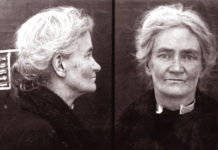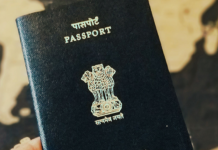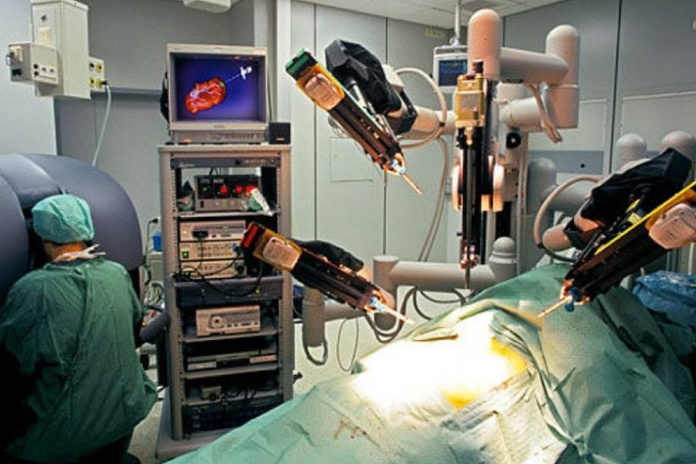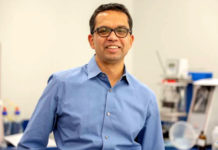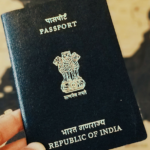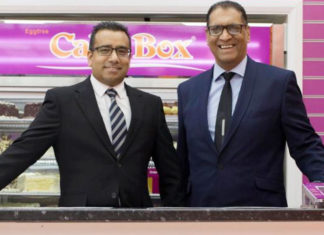Including an Indian American, researchers have developed a computer-driven automated drill that could perform a type of complex cranial surgery 50 times faster — decreasing operating time from two hours to 2.5 minutes.
A translabyrinthine surgery is performed to expose slow-growing, benign tumours that form around the auditory nerves. In these complex surgeries, surgeons use hand drills to make intricate openings, taking hours to the procedure and may also increase the risks of loss of facial movement.
Indian American builds camera without long lens
The new automated machine replaces hand drills to produce fast, clean, and safe cuts, reducing the time of the wound to be open and the patient is anesthetized, thereby decreasing the incidence of infection, human error and surgical cost.
“I was interested in developing a low-cost drill that could do a lot of the grunt work to reduce surgeon fatigue,” said A.K. Balaji, Associate Professor at the University of Utah in the US.
The drill, could play a pivotal role in the future surgical procedures like hip implants, was developed from scratch to meet the needs of the neurosurgical unit, as well as developed the software that sets a safe cutting path, the researchers had said.
6 Indian-Americans among 30 Soros Fellows
First, the patient is imaged using a CT scan to gather bone data and identify the exact location of sensitive structures, such as nerves and major veins and arteries that must be avoided. Surgeons use this information to program the cutting path of the drill.
The surgeon can also program the safety barriers along the cutting path within 1 mm of sensitive structures. If the drill gets too close to the facial nerve and irritation is monitored during surgery, the drill automatically turns off.
By Premji


